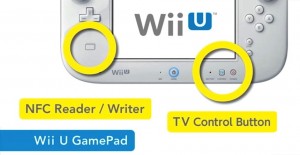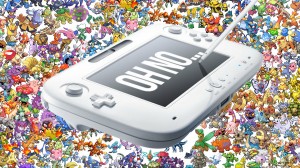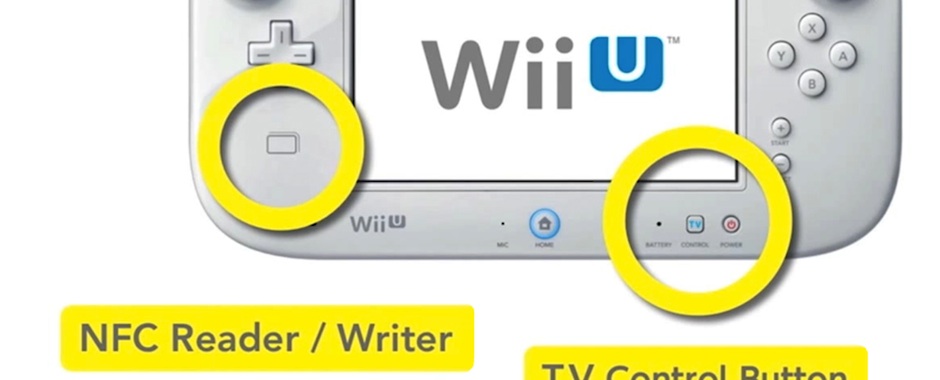 We’ll give Nintendo credit; they’re doing a lot to assuage consumers about the Wii U. In the past few days, we’ve heard some rather uninspired remarks about the Wii U’s positioning from Iwata himself, and just a few hours ago, he mentioned that an update for Wii U is coming to enable the NFC already built into the GamePad.
We’ll give Nintendo credit; they’re doing a lot to assuage consumers about the Wii U. In the past few days, we’ve heard some rather uninspired remarks about the Wii U’s positioning from Iwata himself, and just a few hours ago, he mentioned that an update for Wii U is coming to enable the NFC already built into the GamePad.
“There are two main directions when it comes to the use of NFC,” Iwata said to investors. “One is to use it for video games. We are in talks with several software developers regarding such possibilities. We are making preparations and, by the end of this year, we will probably be able to show you some output, tell you about some more concrete examples of the possibilities or even let you try out some tangible examples.”
We’re hoping someone realizes those gaming possibilities include a Skylanders-like Pokemon trading game with cards instead of figurines. We say cards because they’d be far cooler to collect, not to mention much cheaper when you realize we might have to collect hundreds of them to get each Pokemon.
Unfortunately, we don’t have any additional details on the gaming applications for the NFC readers built into the controller, though it will definitely be available later this year which means developers must be working on including it in their titles as we speak. Nintendo will probably be one of the biggest proponents of the implementation, opting to use it for their bigger franchises like Mario and Zelda, though we hope it isn’t just for the fact that they can say they’ve used it.
 The second way to use NFC would be for payment technologies, which would be very similar to the way you can pay for goods at coffee shops and gas stations that have the readers built-in to their terminals. This is far less imaginative, and honestly not how we’d prefer to pay, but we bet forcing the user to swipe their card across the reader every time would be a bit more secure than just having a card on file for instant downloads. And we’re all for security.
The second way to use NFC would be for payment technologies, which would be very similar to the way you can pay for goods at coffee shops and gas stations that have the readers built-in to their terminals. This is far less imaginative, and honestly not how we’d prefer to pay, but we bet forcing the user to swipe their card across the reader every time would be a bit more secure than just having a card on file for instant downloads. And we’re all for security.
In other news, Nintendo has said that the merging of their portable and home console hardware teams might result in the production of more hardware. Whether or not this refers to more accessories or more unity between portable and home systems remains unseen, though we’re worried it is more consoles in general.
“What we are saying is that we would like to integrate software development methods, operating systems, and built-in software and software assets for each platform so that we can use them across different machines,” said Iwata. “This means that if we manage to integrate our platforms successfully, we may in fact be able to make more platforms.”
This worries us immensely as the last thing we need is more hardware platforms with more even more convoluted differentiation (that would likely remain unexplained) and a single system tying them all together and therefore making each one more like the other, further defining the problem (which, ironically, is being improperly defined). If you didn’t follow that sentence, that’s okay; it sounds like Nintendo wouldn’t be able to, either.
Like we said before, we do like some aspects of the Wii U hardware. We worry about its implementation overall, as the company seems to be struggling with getting their message across in a clear manner. Regardless, we’re hopeful that they’ll pull a rabbit out of their hat, and do it soon.
—

